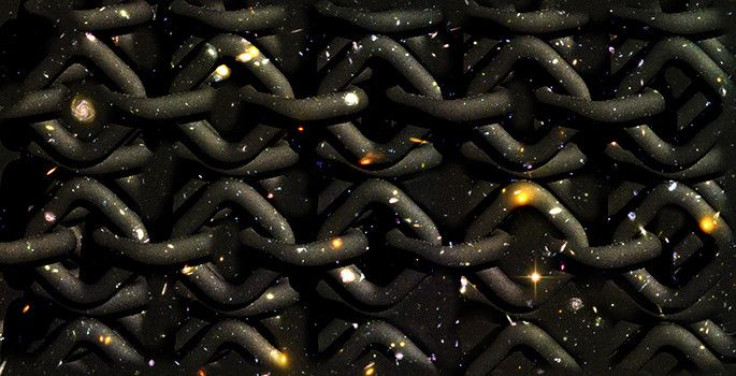Why Is The Universe Three-Dimensional? Cosmic Inflation Caused By Knots, Maybe

Even though Edwin Abbott Abbott wrote the novella “Flatland: A Romance of Many Dimensions” way back in 1884, lampooning not just the Victorian culture but also, quite significantly, provoking philosophical thoughts on the nature of dimensions in space, it is not something that science has tackled enough. Or so says the introduction of an upcoming paper that seeks to answer why there are only three spatial dimensions.
Written by researchers from the United States and Europe, the paper’s opening words are: “Although the question of why our universe has exactly three (large) spatial dimensions is one of the most profound puzzles in cosmology — especially in view of quantum gravity scenarios such as string theory which assume 9 or 10 space dimensions at the fundamental level — it is actually only occasionally addressed in the literature.”
And the phenomenon it proposes to explain this seemingly fundamental aspect of nature is commonplace but twisted: knots.
But to understand how knots come into the picture, we need to look at the standard model of physics first, at the subatomic level. Protons and neutrons are made up of elementary particles called quarks, and quarks are held together by gluons, which are another type of elementary particles. The gluons keep the quarks together — linking positive quarks to negative antiquarks — using flux tubes, which can be thought of as flexible strands of energy.
If a paired quark and antiquark come into contact, they annihilate each other and the flux tube linking them disappears as well. But there could be exceptions to this, depending, for example, on the shape of the flex tube.
Current theories about the origin of the cosmos say the universe in its infancy was filled with a superheated primordial soup — a quark-gluon plasma. The high energy at the time and the creation and destruction of a large number of quarks and antiquarks would also create a variety of flux tubes, some of which could be knots.
A knot-shaped flux tube has enough stability to outlive the particles that created it. Interlinking of two or more flux tubes also creates stability. So, the very early universe could have filled with such knotty flux tubes, the paper’s authors speculated, and then found that the amount of energy contained in a tight network of knotted tubes was enough to power the initial cosmic inflation — a time comprising less than a trillionth of a second during which the universe is thought to have expanded from the size of a single proton to about that of a grapefruit.

But this answers a different problem and identifies a possible energy source for the cosmic inflation theory. To get back to dimensions, it has been shown by mathematics that knots can only exist in three dimensions and that adding a fourth would simply unravel the knot. Consequently, knots cannot form in higher dimensions, and these other hypothetical dimensions, even if they did exist, would still be too small to observe, given that knotted flux tubes would not have expanded them and they would remain proton-sized. And this limits the universe to three dimensions, the researchers explained in a statement Friday.
The paper, titled “Knotty inflation and the dimensionality of spacetime,” has been accepted for publication in the European Physical Journal C and is currently available on the preprint server arXiv.
© Copyright IBTimes 2024. All rights reserved.











